4 Most Popular Types of Home Siding in Austin, TX
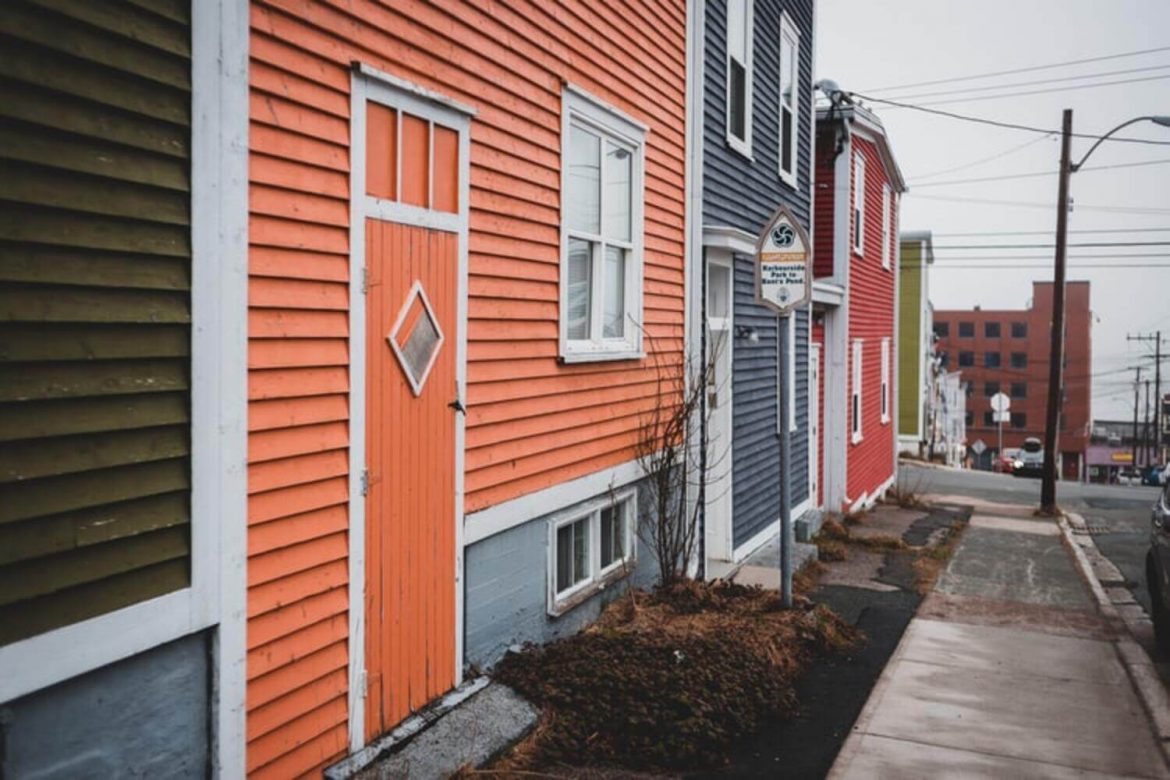
Homeowners often wonder if their investment is worth it when they are considering home siding. You can’t really blame them when it’s a big decision that might cripple…

Homeowners often wonder if their investment is worth it when they are considering home siding. You can’t really blame them when it’s a big decision that might cripple…
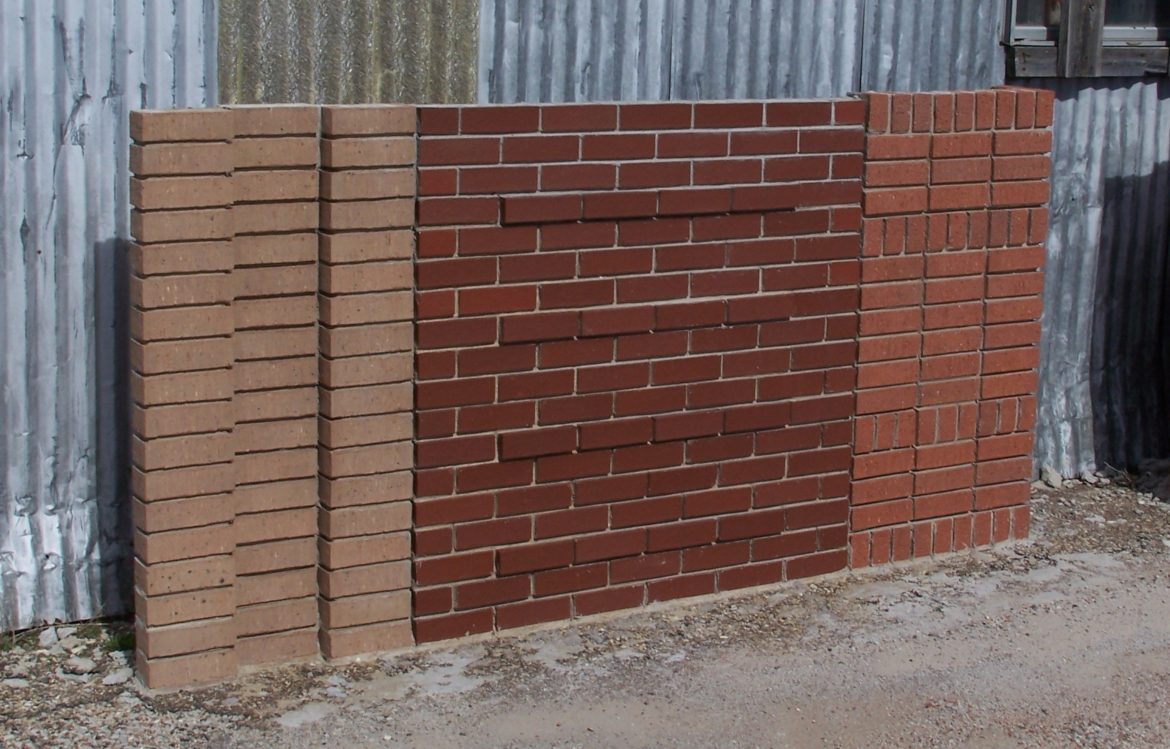
Choosing siding for your home can be confusing. You have to find the right balance between protection, durability, aesthetics, and maintenance costs. Although in most cases, the budget dictates the homeowner’s final decision. That’s why most people prefer cheaper options like vinyl or fiber cement siding.
However, if you have a substantial budget or don’t mind stretching it to obtain more quality, you might want to check out brick siding or brick veneer. It can even be affordable, depending on the cut. Want to learn more? Here are five things to know about using bricks for your home exterior.
Brick material has been around since ancient times. But it wasn’t until 1903 that brick veneer homes first appeared in Geelong, Victoria. By the 1930s, it has become a popular option for home exteriors in many places.
Brick siding is made from, well, bricks! To be more specific, bricks are created from a mixture of water, sand, and clay baked in fire. The main difference between a solid brick wall and a brick veneer is that the latter involves both external masonry and interior masonry with a gap in between. Solid brick construction only uses back-to-back brick stacks glued together by cement mortar.
Here’s the good news first. Brick siding is:
Now for the bad news. Brick veneer:
While it’s not as costly as natural stone, brick veneer tends to be more expensive than vinyl siding and fiber cement. According to modernize.com, regular brick siding costs around $5 – $15 to install. Meanwhile, brick veneer’s price range ranges from $8 – $12. In light of this, the average cost for a complete home installation can be anywhere from $7,200 – $24,000.
The need to repair brick veneer during the first decade is pretty much non-existent. However, the mortar can start to crack or loosen up after that time. That said, you’ll want a masonry expert for repairs. The process typically involves removing the mortar and reapplying a new coat for a fresher finish. Surprisingly enough, repairs can be quite costly, depending on the scale of operation. Contractors demand $50 -$200 for minor fixes while they may charge $10 – $15 per square foot for mending large sections of brick siding.
If you can’t find any local supplier, here are some good brands that sell brick veneer online:
Please note that these aren’t the only sellers of brick out there. It’s still recommended to look for a local supplier that can assist you in person on what brick panels are suitable for your project. Make sure to do your research.
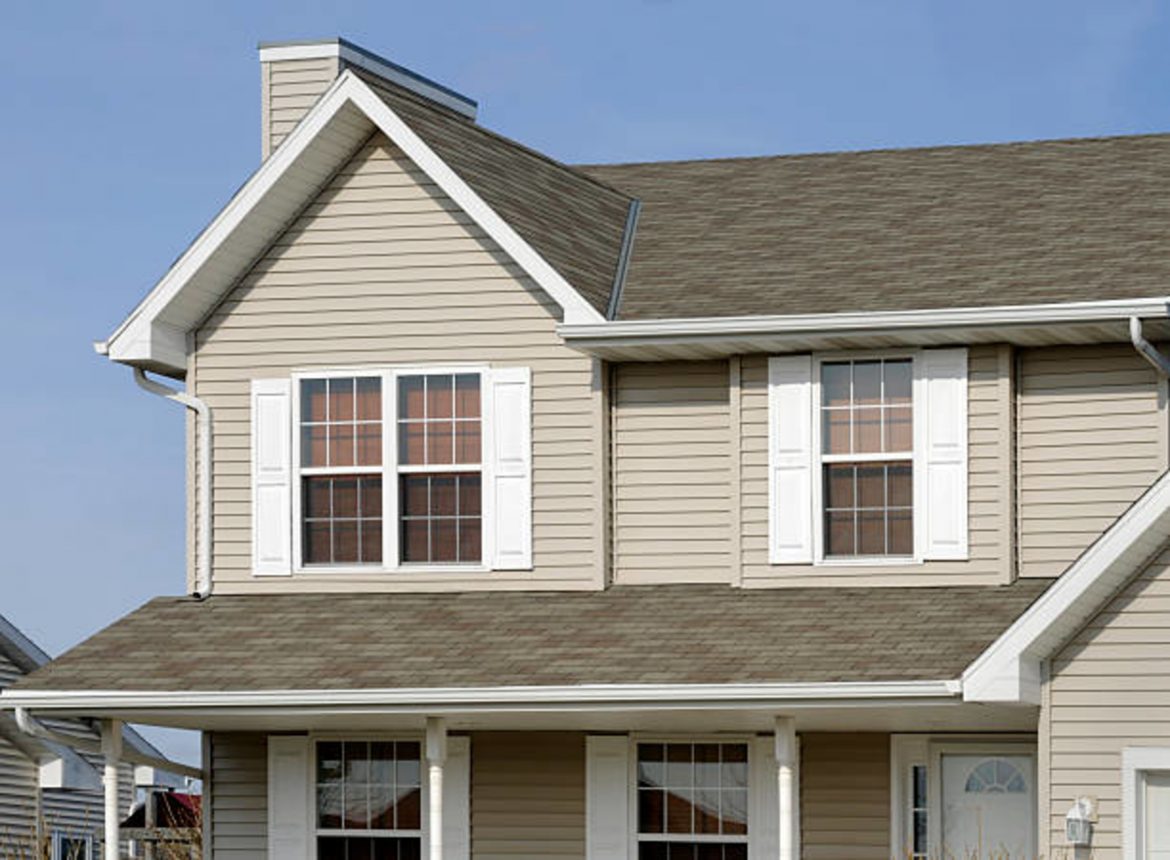
Living in Texas has its perks and disadvantages. When it comes to owning a home, you’ll find the blazing climate a pain to deal with. On top of…
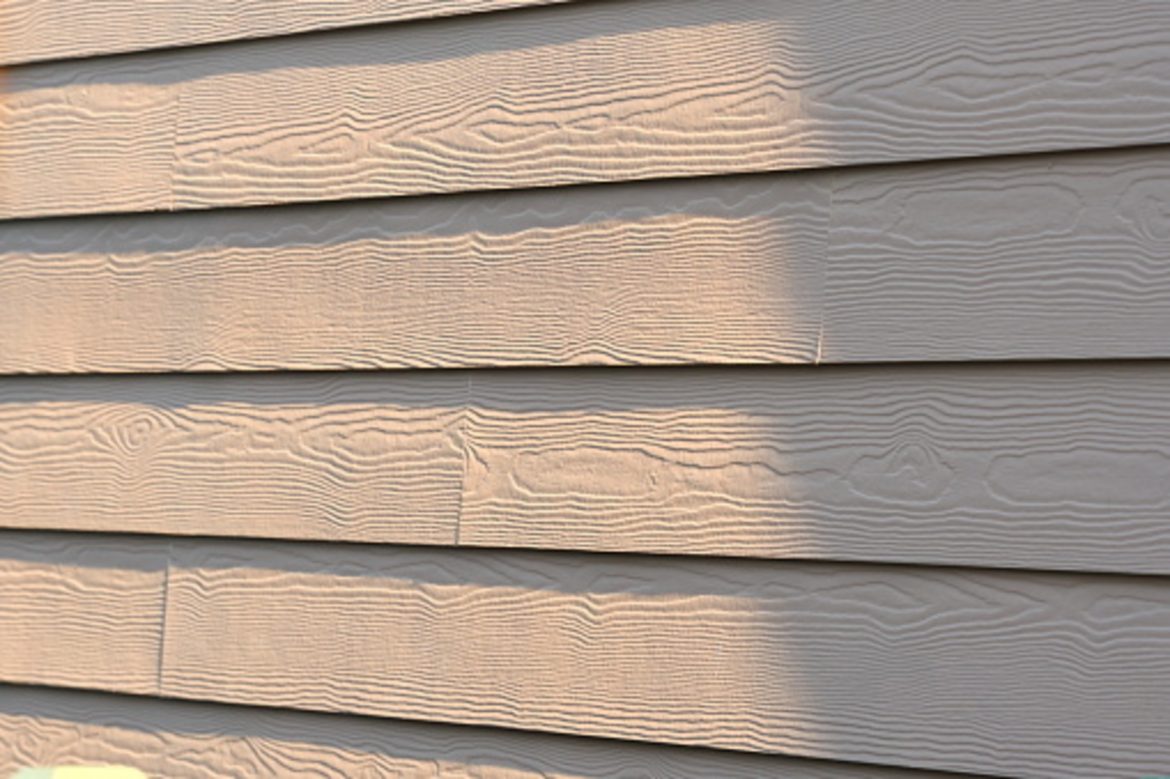
The same way the human body needs the skin for protection, a house would be incomplete without siding. Siding is an exterior material that protects your home from…
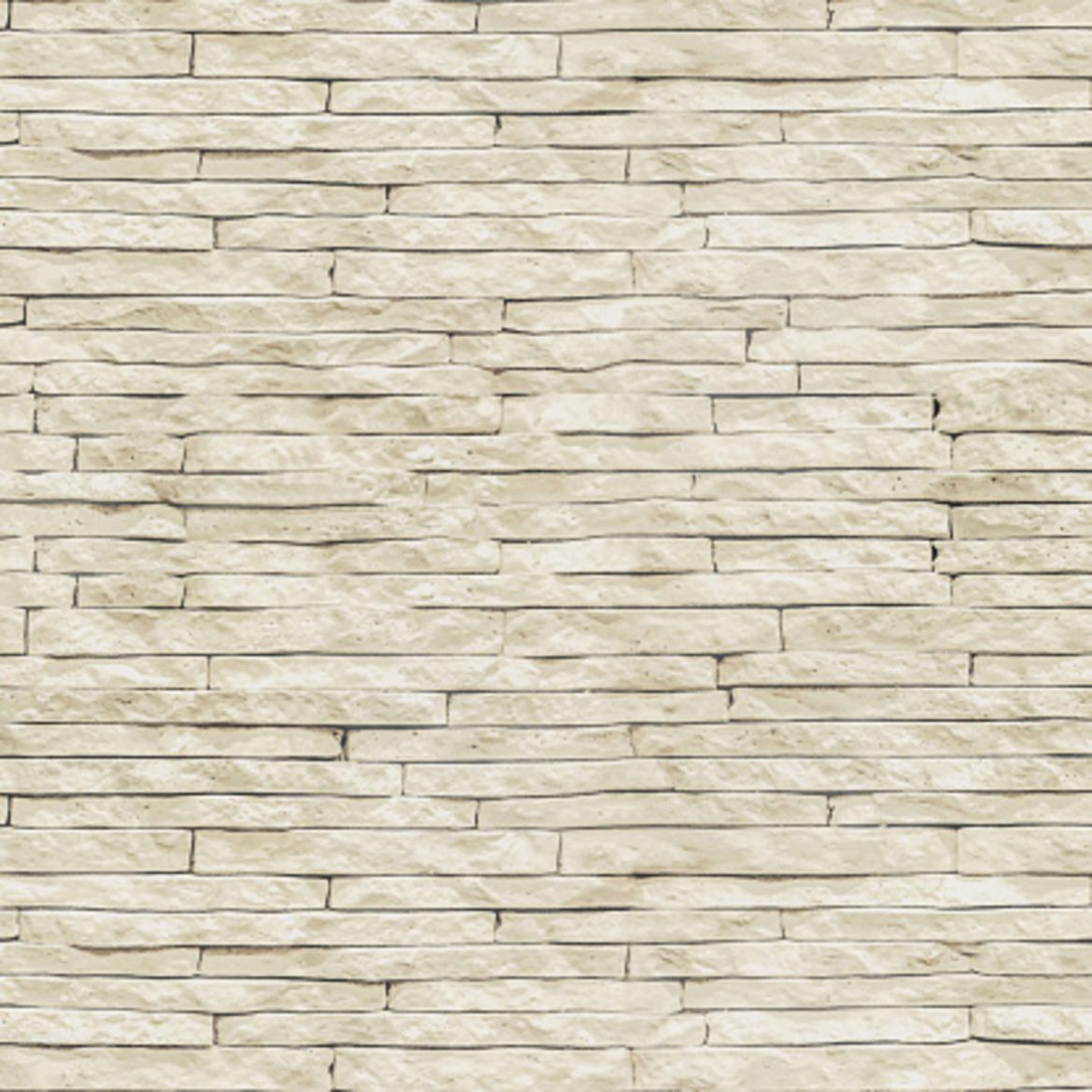
Before fiber cement, steel, stucco, and other modern-day building materials came to be, the world had stone. It has served as the foundation for great kingdoms, historical landmarks,…
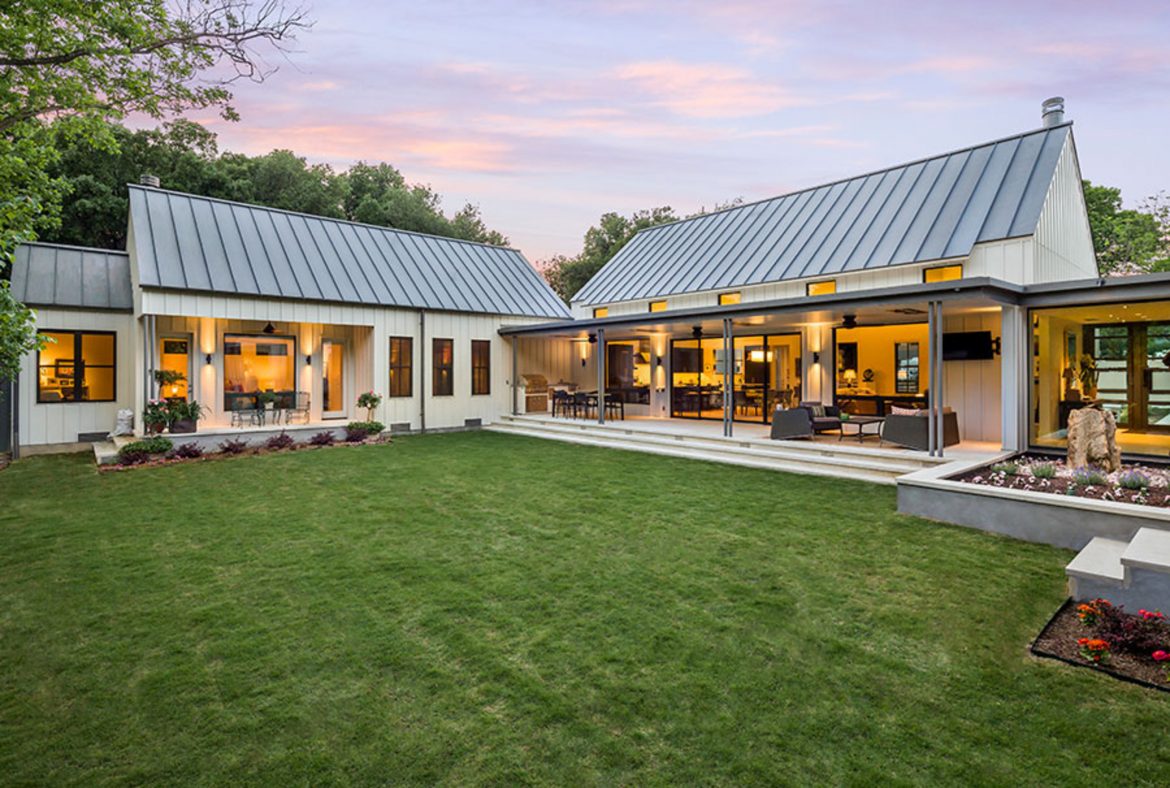
Do you know how big Texas is? — 268,597 square miles. Even if you combine its neighbors, Arizona and New Mexico, Texas would still be larger.
Because of its size, the climate can vary for different parts of the state. Hot weather bakes a huge chunk of West Texas while the eastern areas are much cooler with more trees. Snow occasionally falls, but the heat usually melts it in a week. Chances of hail and thunderstorms also threaten the state.
So, since the weather across the Lone Star State is crazy and random, what is the best siding you should get for your home?
Here’s a brief list to help you make the right choice.
Climate plays a huge factor in choosing an exterior for your home. Since most of Texas is humid and hot, make sure your siding can withstand the heat. Out of all siding types, fiber cement is the best choice. As far as durability goes, this material is super resilient.
Notable advantages include:
In contrast, the downsides of using fiber cement siding are:
The most popular type of siding today, vinyl siding is a good alternative if fiber cement doesn’t suit your needs. It is light, highly accessible, and convenient. It offers the perfect weatherproofing for relentless and varied Texas seasons.
Here are some of the pros of using vinyl siding:
As for the cons:
Basically, this is vinyl siding but better. It is made by backing up standard vinyl siding with an added layer of insulation.
Significant advantages of this siding include:
The drawbacks are:
Steel siding might be the least effective on this list, but it’s still better than the remaining siding types. If you live in colder areas, this one is a decent pick.
According to Clad Siding, the pros of this siding are as follows:
The cons include:
Whatever the situation, it isn’t easy when you are given a couple of choices. Thorough research can help you consider your options, but it’s always best to ask experts for their opinion. Their broad knowledge of siding and expertise will help you arrive at a conclusion that will cut your costs while still letting you enjoy the beauty of living in Texas.
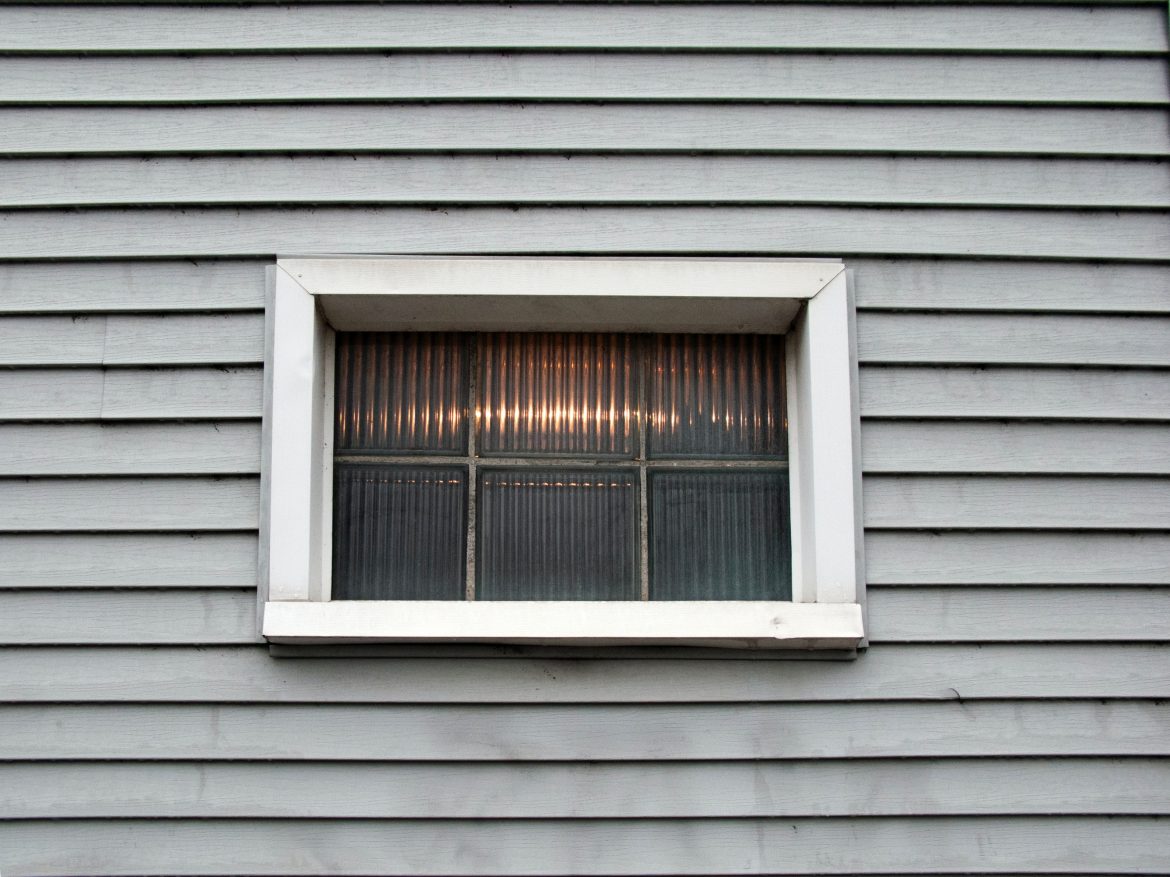
So, you’ve invested in vinyl siding. That’s an excellent way to decorate and protect your home. In the first few months, your siding will look fine and crisp.…

An important element of any property is the siding with its ability to add vibrancy and definition. There are plenty of options for you to choose from nowadays but you must be careful of which one you choose as this can mean the difference between having a nice-looking home and a worn-down one that always needs upkeep.
While aesthetics still has to be considered, the siding’s other characteristics such as material, versatility, durability and ease of installation all factor into your eventual choice. In the end, the siding you pick must help form a neat and cohesive balance between form and function.
There are plenty of types of siding that you can choose from but to help you choose the most durable ones, we have narrowed the long list to just three, and they are:
Vinyl’s inexpensive cost, versatility, and the ease with which you can maintain it have helped raise its profile as the most popular siding in the United States. There are professional designers that scoff at using vinyl for a siding for your house because of its plastic appearance. However, the array of colors and styles available helps explain why’s it is preferred by a lot of homeowners.
Vinyl is a convenient choice as you can find it at most home improvement stores. It is ideal for those that want to go the DIY route as it does not require many tools to install. However, you have to make sure to precisely follow the instructions given by the manufacturer, as mistakes are costly to fix. If you are unsure with the instructions, you should watch a few videos online before moving forward with the installation.
As mentioned, some homeowners are averse to using vinyl as a siding because of its plastic feel. Some people believe it to be much too bland. And while it’s true that vinyl does not require as much maintenance, you still need to pay attention as it is susceptible to both mold and grime.
Vinyl siding is sturdy, but it can still be ripped apart by severe weather. It also is not as energy-efficient compared to other materials.
Wood siding is usually used for bungalow and cottage exteriors as it provides a premium look while also offering incredible durability if given proper and consistent maintenance. If wood siding appeals to your aesthetic senses, you must still remember that it needs regular maintenance such as chalking, painting, and staining to keep weather damage at bay. If well maintained, wooden siding can last anywhere from 10 to 100 years.
You can purchase wood siding in clapboard, shakes, and shingles. Clapboard siding makes use of planks of wood that are installed horizontally with an upper piece that overlays the lower one. The most popular wood used for this type of siding is the western red cedar and redwood, which are praised for their durability and lasting appeal.
Although uniform in appearance but reedier than shakes, shingles offer you a smooth and consistent finish. You can even cut these into various shapes to add more texture to your interior. Manufacturers sometimes offer shingles that are treated with fire-retardant chemicals, which are a must in high-risk locales.
Wood siding usually costs around $5 to $10 per square foot installed.
Wood, however, has a couple of problems that you should be aware of. First of all, wood siding is neither fire- nor insect-resistant. And second, it needs constant maintenance such as repainting and re-staining, which needs the expert hands of a professional.
Genuine brick is made from fired clay and comes in all sizes and textures. Usually found on the cottage exteriors of Colonial, Tudor, and English-style homes, brick siding can give your residence a stunning look that can stand the test of time.
These days, brick siding is made differently as it is now usually a veneer made outside a home’s wooden frame, with the mortar being utilized to keep the bricks in place. Because water can seep into brick veneers, a membrane is fixed in between the veneer and the house to give a layer of protection. Under normal weather conditions and with the proper installation, brick siding can last as long as your house.
Brick siding usually costs around $6 to $15 or more per square foot installed. However, installing brick siding is quite laborious, hence the higher cost.